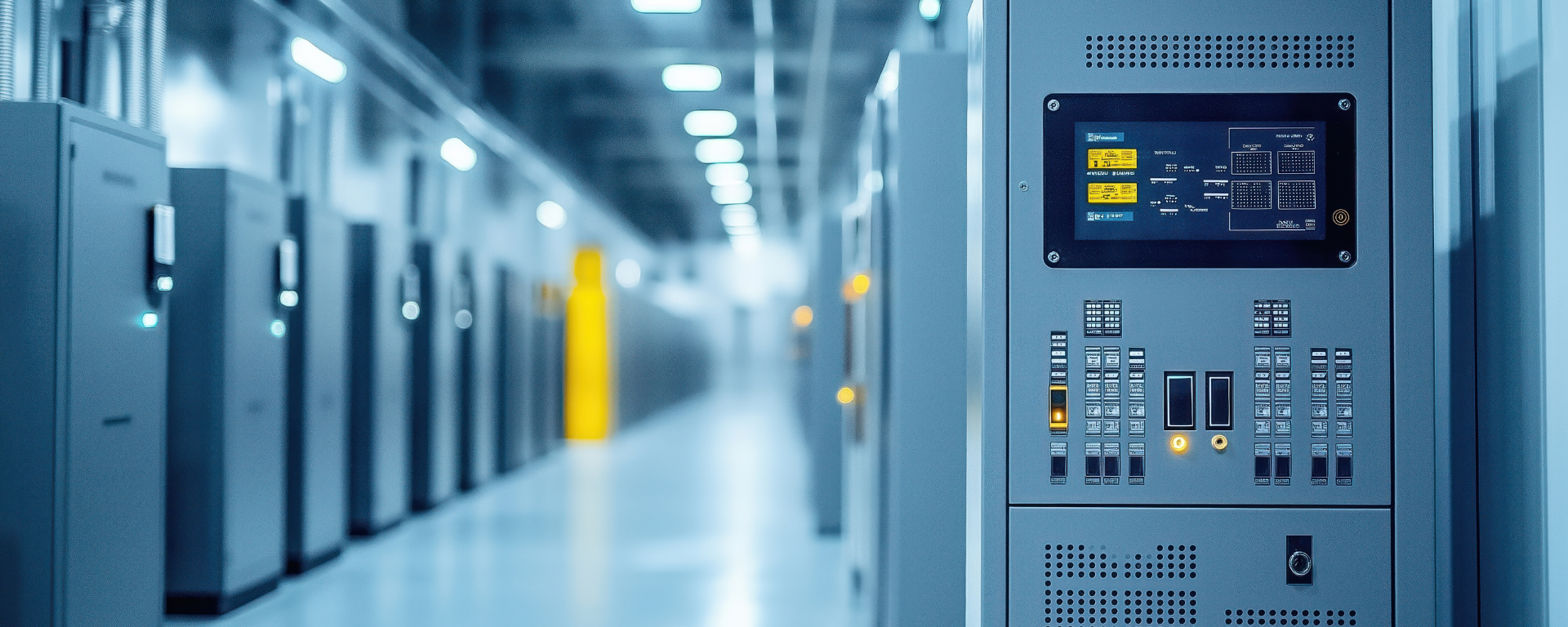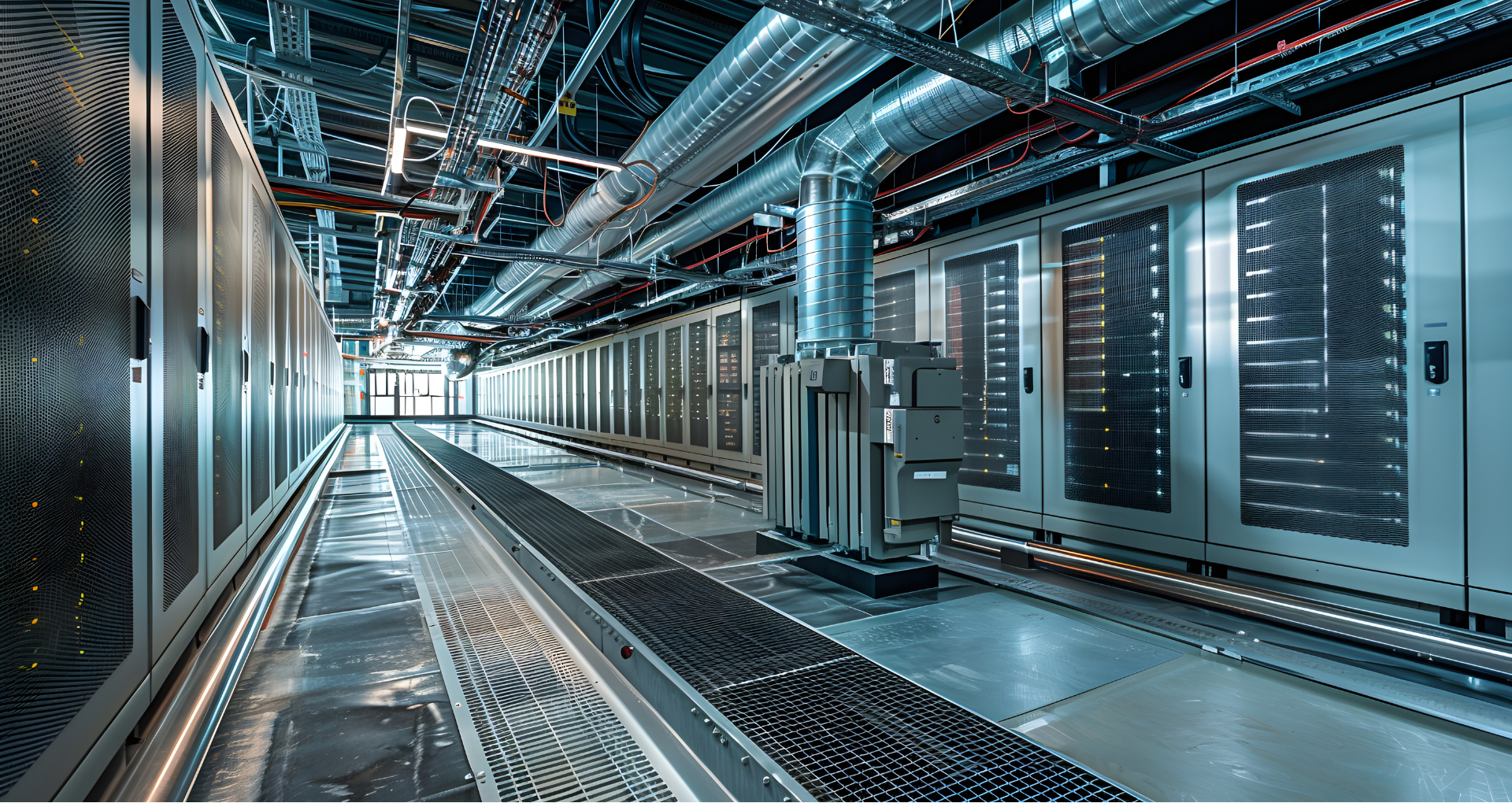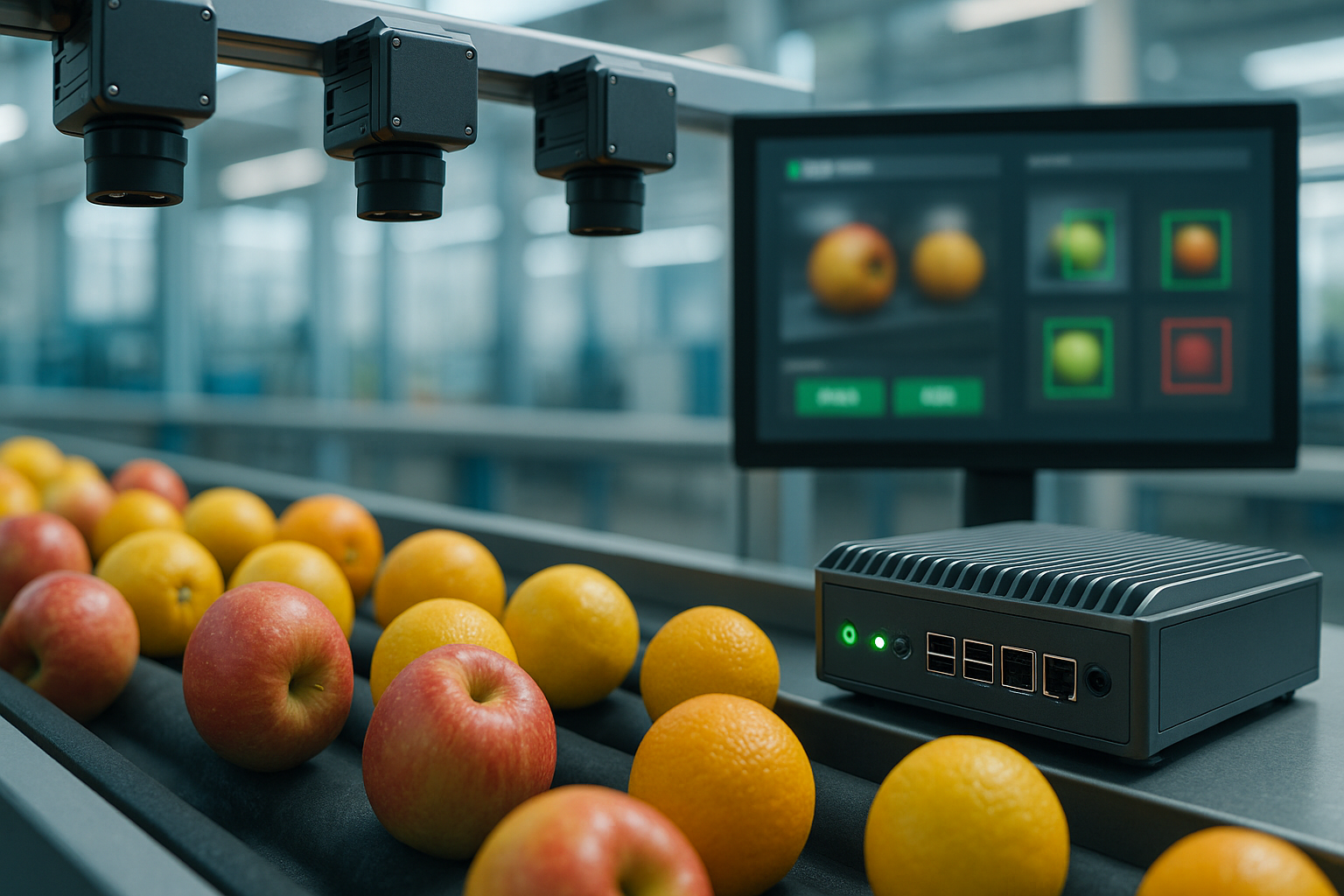
Total Visibility for Guaranteed Uptime
We streamline BMS-to-DCIM integration by providing efficient data collection, reliable transmission, and real-time visibility of the network. With a robust industrial design and flexible protocols, our solutions guarantee stable, centralized monitoring data center facility, which is essential for uninterrupted data center operations and energy optimization.

Maximize Uptime
Proactively identify and resolve issues before they cause unplanned downtime.
Optimize Costs
Gain insights into energy use to reduce waste and avoid peak demand penalties.
Rapid Root-Cause Analysis
Quickly diagnose power anomalies to prevent recurrence and mitigate risks.

Engineered Solutions for Your Unique Challenges

BMS Data Collection
In many data centers, one of the biggest challenges is integrating data from various systems and devices that speak different communication protocols. We solve this by offering varies industrial protocol converters that acts like a universal adapter—bringing all device data onto the IP network for centralized management.
Cooling System
Cooling is the second-largest energy consumer in data centers, yet vital for uninterrupted operations. Heat loads shift with computing demand, requiring real-time adjustments to airflow, temperature, and humidity. Our reliable connectivity and monitoring solutions provide the visibility and control needed to optimize cooling efficiency while ensuring stability in demanding environments.


The Key to Optimizing Data Center Power Management and Ensuring Uninterrupted Operations
Industry Certifications
.png)

.png)
The most common questions
How does Moxa address the critical need for cybersecurity in Data Center Infrastructure (DCI) OT networks?
Moxa emphasizes cybersecurity in their DCI OT network solutions by embedding security features directly into their products and aligning with relevant standards like IEC 62443. Their approach includes:
Secure Product Design: Devices are designed with security in mind, often following standards such as IEC 62443-4-1 and complying with IEC 62443-4-2 industrial cybersecurity standards.
Robust Authentication and Encryption: Products like the MGate MB3170 protocol gateway utilize strong authentication mechanisms (e.g., local database to restrict unauthorized access) and robust encryption algorithms (AES-128, AES-256, SHA-256) to protect data transmission.
Secure Protocols: Support for secure network protocols such as HTTPS (TLS 1.2) and SNMPv3 ensures secure device configuration and data exchange.
Proprietary Operating System: Some devices run on Moxa's proprietary operating system (MOS), which is not publicly available, reducing the risk of malware attacks compared to devices using common or open-source operating systems.
Layered Defense Strategies: Moxa advocates for layered security, including network segmentation (VLANs), firewalls, intrusion detection/protection systems (IDS/IPS), and access control (IEEE 802.1X) to create robust defenses.
Secure Network Devices: Offering secure managed switches, routers, and firewalls with features like access control lists (ACL), port security, and secure boot.This comprehensive approach aims to protect critical infrastructure in data centers from cyber threats.
How do industrial network devices differ from normal switches, and why are these differences important for data centers?
Industrial network devices, such as those from Moxa, are specifically designed to operate reliably in harsh industrial environments, including data centers, which can experience electrical interference and temperature variations. Key differences compared to normal switches include:
Physical Form Factor: Industrial switches often use robust metal enclosures and fanless designs for heat dissipation, making them resistant to vibration, shock, and dust (e.g., IP30 and IP40 ratings). Normal switches typically use plastic or less robust metal shells and rely on fans.
Working Temperature: Industrial Ethernet switches have a wider operating temperature range (-40 to 75°C) compared to normal switches (0 to 50°C), allowing them to function in more extreme climates within a data center.
Power Supply: Industrial switches commonly feature dual power supply inputs for backup, ensuring continuous operation in case of a power failure. Most normal switches have a single power supply.
Reliability and Lifespan: Due to their robust design and components, industrial switches are built for high availability over long periods (often 10 years or more), crucial for minimizing costly downtime in industrial environments like data centers.
These differences are vital for data centers to ensure uninterrupted service and maintain critical power management and environmental monitoring systems in the face of challenging operational technology environments.
What are some of the key redundancy and reliability features offered in Moxa's DCI products?
Moxa's DCI products incorporate various redundancy and reliability features to ensure continuous operation and minimal downtime in critical data center environments. These include:
Network Redundancy Protocols: Support for industry-standard protocols like STP/RSTP and Moxa's proprietary Turbo Ring and Turbo Chain, which provide fast network recovery times, often less than 20 ms. PRP/HSR (Parallel Redundancy Protocol / High-availability Seamless Redundancy) is also supported for zero-delay, zero-loss recovery in highly critical applications.
Industrial-Grade Design: Products are built with industrial-grade components and design principles, enabling operation in wide temperature ranges (-40 to 75°C) and providing high electromagnetic immunity (Level 4 EMS protection) to withstand electrical interference.
Redundant Power Inputs: Many devices feature redundant power inputs, ensuring that if one power source fails, the device can seamlessly switch to a backup, maintaining uninterrupted operation.
Millisecond-Level Recovery: Technologies like Turbo Ring guarantee millisecond-level network recovery, which is crucial for maintaining real-time monitoring and control in power management and environmental systems.These features are essential for building reliable facility networks within data centers.
How does Moxa's network management software contribute to DCI operations?
Moxa's network management software, such as MXview, plays a significant role in enhancing DCI operations by providing crucial visibility and control over the network infrastructure. Its contributions include:
High Visibility: Offering an overview of network device security settings and providing visibility into the OT/IT network topology, which helps in understanding the network structure and identifying potential issues.
Accelerated Troubleshooting: By providing data packet level visibility, the software assists in quickly identifying and resolving network problems, minimizing downtime.
Early Detection of Abnormalities: The software aids in the early detection of equipment abnormalities by monitoring network performance and device status.
Overall, the network management software helps in maintaining high reliability of data transmission and improving the efficiency of collecting OT equipment data.
What role do Modbus gateways play in data center communication systems?
Modbus gateways are crucial in data center communication systems, acting as translators between different protocols. Many OT devices in data centers utilize serial Modbus RTU, while IT and control systems often operate on Ethernet-based protocols like Modbus TCP/IP or BACnet/IP. Modbus gateways, such as the MGate MB3000 and MB3660 series, bridge this gap by converting serial data to Ethernet, allowing power meters, PDUs, ATS, and other equipment to be integrated into Electrical Power Management Systems (EPMS) and Building Management Systems (BMS). High-port density gateways support data transmission from numerous field devices, simplifying data acquisition.




__28763.jpg)

%20%20Moxa.jpg)





